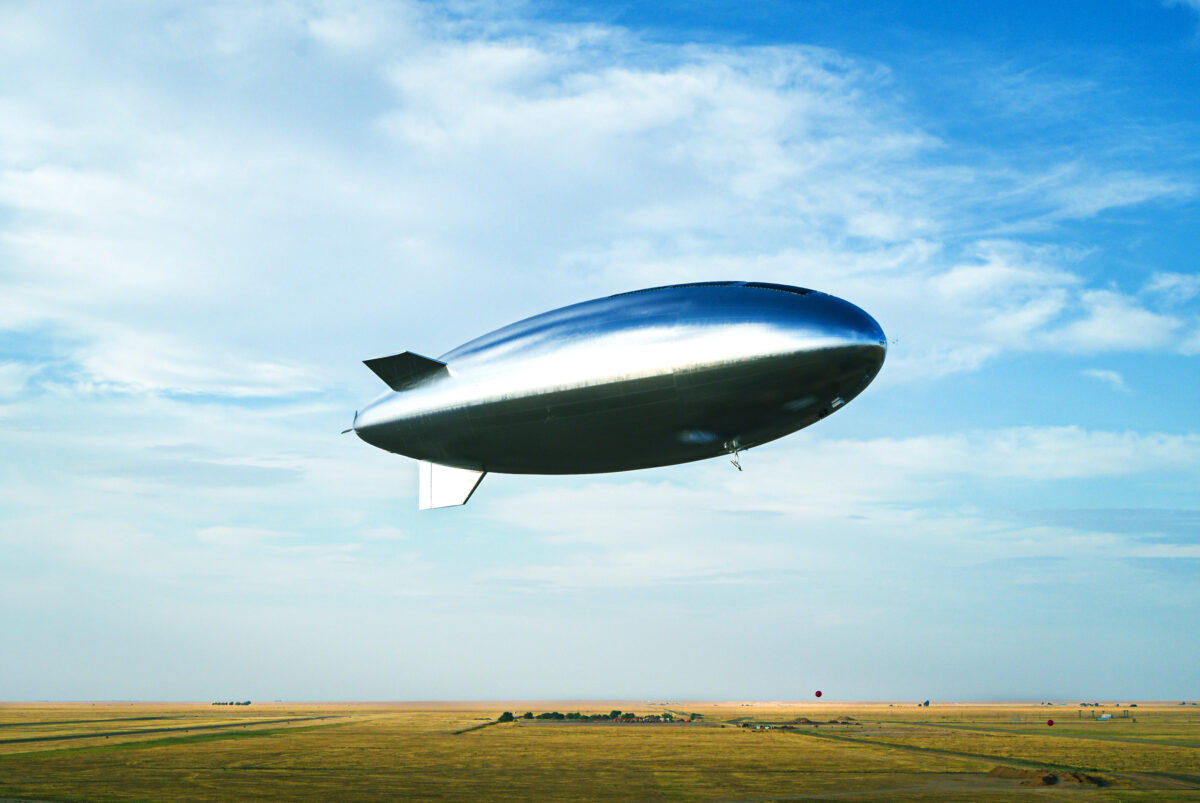From 65,000 feet, Sceye’s HAPS detected methane emissions in real time, revealing both super-emitters and smaller, previously undetected leaks that drive global warming
New Mexico – Sceye, a leading U.S. aerospace company specializing in High-Altitude Platform Systems (HAPS), today announced findings from the world’s first real-time methane detection missions from the stratosphere, which identified specific emitters and quantified the rate of emissions. In partnership with the U.S. Environmental Protection Agency (U.S. EPA) and the New Mexico Environment Department (NMED), this breakthrough demonstrates Sceye’s ability to deliver continuous, high-resolution methane monitoring to enable faster response, improved regulatory oversight, and accountability for climate pollution.

Operating from a fixed position in the stratosphere, Sceye’s solar-powered HAPS provide unprecedented data precision and persistence for monitoring methane emissions from both super-emitters and smaller, often overlooked leaks. Sceye complements and addresses key limitations of satellites, planes, and ground crews. The result: reduced response times, improved regulatory oversight, and faster mitigation of all types of methane emissions.
“Methane emissions are a major driver of climate change, and for the first time, we can monitor them continuously and in real time from the stratosphere,” said Mikkel Vestergaard Frandsen, CEO and Founder of Sceye. “In partnership with the EPA and NMED, we’re proving that persistent, high-resolution monitoring can detect what others miss, and cut response times from months to minutes.”
Sceye conducted missions in June and October 2024, using a custom-modified dual-sensor payload (NEO HySpex SWIR640 + SceyeCam) to capture and report real-time methane emissions. Key findings include:
- High-resolution detection: Demonstrated ability for granular imaging at sub meter precision, enabling unprecedented visibility from the stratosphere.
- Super-emitter capture: Identified multiple emitters of various sizes, including a rogue source emitting ~1,000 kg/hr, or 10x the EPA threshold for a super emitter.
- Persistent wide-area coverage: Continuous surveillance across thousands of square miles in the Permian Basin, vs LEO satellites, which typically scan days or weeks apart.
- Advanced payload: Quantified specific methane emissions using custom infrared and optical sensors, revealing both large and previously undetected leaks.
- Operational proof of concept: Validated imaging and quantification from the stratosphere, at a resolution, cadence and coverage previously impossible.
Methane emissions are a major driver of climate change. 70% of methane pollution comes from small, scattered sources emitting less than 100 kg/hr – levels too low for satellites, planes, or drones to consistently detect. In the Permian Basin, this figure rises to 80-90%. Sceye’s HAPS closes detection gaps, delivering continuous, high-resolution monitoring that provides actionable data to hold emitters accountable.
This summer, Sceye will launch the next phase of its methane monitoring program, featuring the potential for multi week to month-long deployment in the stratosphere. Imaging capabilities will provide 4-inch optical and 10-foot infrared resolution. The system will transition from mapping to real-time alerting, enabling faster, targeted responses. Sceye will also continue to expand its partnerships with federal, state and commercial partners.
About Sceye
Sceye is an aerospace company founded in 2014 to unleash the possibilities in the stratosphere by uplifting and connecting all people and protecting our planet. The company is leading the industry of High-Altitude Platform Systems (HAPS) to provide universal and equitable connectivity, improve climate change monitoring, natural resource stewardship, wildfire detection and better detect and contain disasters before they spiral out of control.
Media contact:
Jasmine Wallsmith
jw@sceye.com
